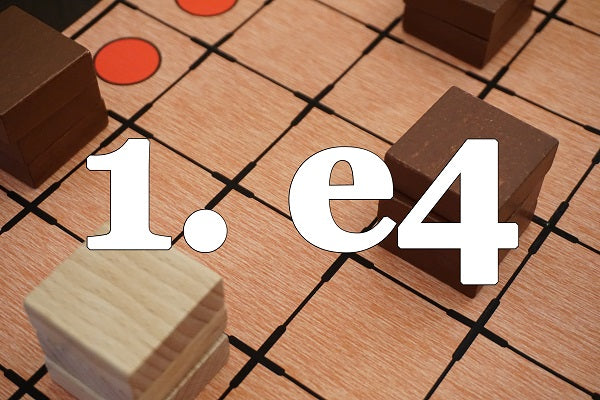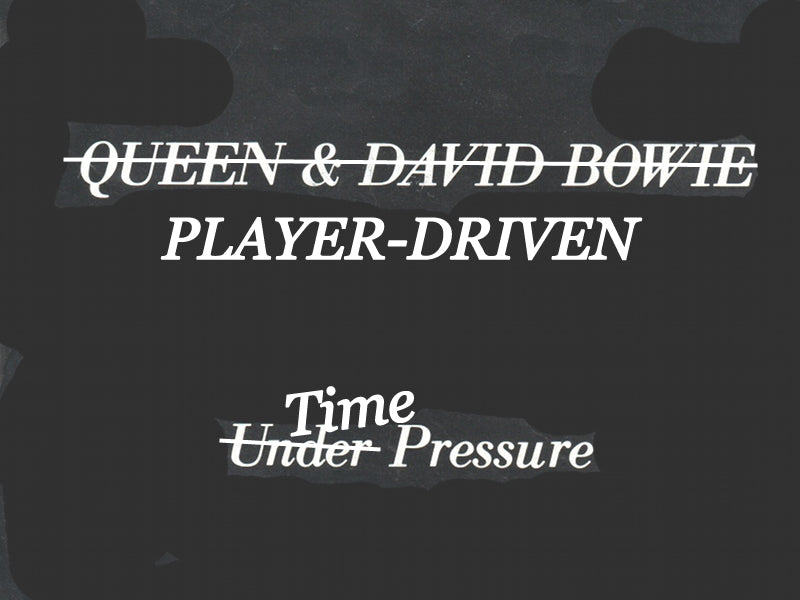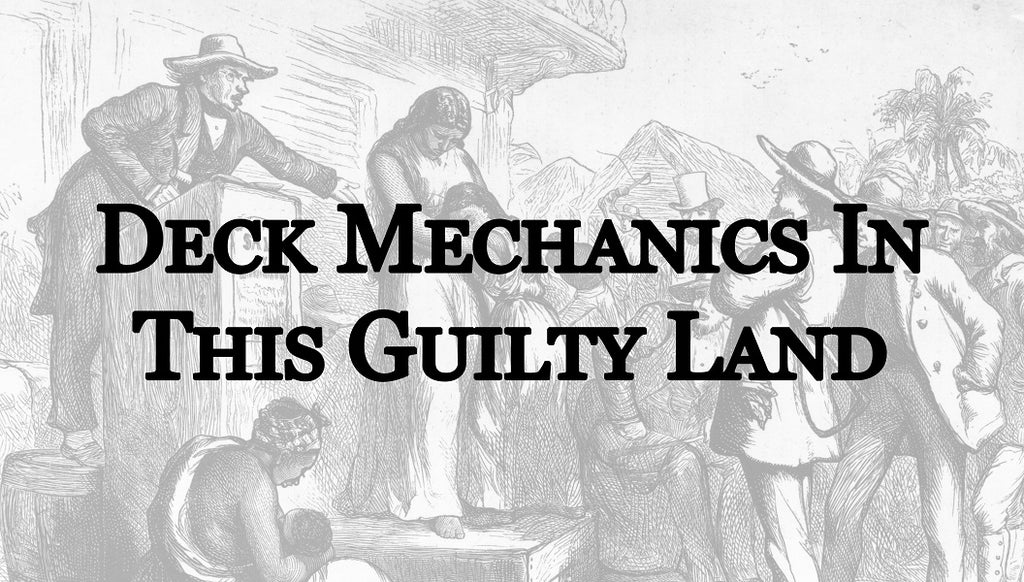Hollandazed: Thoughts, Ideas, and Miscellany
1. e4 (by Tom Russell)

The first time I played Ty Bomba's Boom & Zoom, I opened with the equivalent of "1. e4", attempting to contest control of the center of the board: In Ty's notational system for this game, that'd be 1. 3T e1-Z-e4: that is, the three-piece Tower (3T) in e1 zooms (Z) to e4. Since each tower can fire (or "Boom") in eight directions, zooming to e4 would allow it to exert pressure on the maximum number of squares. This greatly restricts where my opponent can safely move, because there's only a handful of squares on their side of the board that...
EIGHTS AND SIXTEENS (by Tom Russell)

I'm a better designer now than I was six years and thirty games ago, and there are a lot of reasons for that. I've had a lot of practice, for one thing. There's a greater awareness and following for my designs these days, which means more people are playing them, which means I'm getting more feedback from gamers and other designers, and I'm able to turn around and use that feedback as I continue to press on. There's a huge difference between designing in a vacuum and designing in and for an active and engaged community, and it shows. It's...
HOW TO DESIGN A TABLE BATTLE (by Amabel Holland)

In mid-January, a fellow named Mark popped up in a Table Battles thread on BGG and asked, Is there a place online where the design process behind these games is exposed? I'd love to get an insight into how you approached assigning unit strengths, dice and actions, as they really dictate the game play. And now, a little later in January, being in need of a blogpost for the first Friday in February, here I am endeavoring to explain how I go about taking a battle and translating it to the very particular and peculiar language of Table Battles. It...
PLAYER-DRIVEN TIME PRESSURES (by Tom Russell)

Many wargames utilize a fixed number of turns, which makes sense: if each turn represents an hour, and the battle lasted ten hours, voila!, the game consists of ten turns. Particularly in conflicts with clearly defined attacker-defender roles, this puts pressure on the attacker to accomplish something of value before the tenth turn, and it gives the defender something to focus on: three more turns left, I just need to hold out for three more turns, now two more turns, almost there. I've used it myself in only a third of my wargame designs. Partially this is because in most...
DECK MECHANICS IN THIS GUILTY LAND (by Tom Russell)

Some kind folks have expressed interest in This Guilty Land, my two player game about American politics in the forty years leading up to the American Civil War. Most know that it builds on my earlier design about Roman politics, Optimates et Populares. While that game was largely deterministic (random set-up and a once-in-a-blue-moon die-roll aside), this one has quite a bit more chaos, being powered by cards. This led at least a couple of folks to assume that the game would be similar to Twilight Struggle or 1960: The Making of the President, with alternating plays of cards either...
